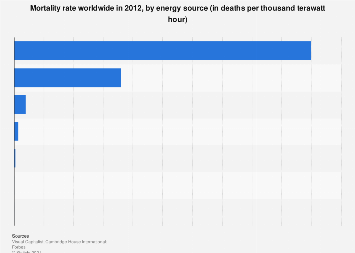Electricity Pricing and its Comparison with Other Countries
Electricity pricing that is referred to electricity tariffs and another meaning is the price of the electricity. It varies widely by country or within the country. That the electricity prices have dependent on many factors, these are the price of power generation, government taxes or subsidies, and local weather patterns, transmission and distribution infrastructure, and then important one is multi-tiered industry regulation. And the Electricity Rates vary from place to place and that is different depending on the customer base, typically by residential, commercial, and then industrial connections.

According to the US EIA means energy information Administration that reflects the cost to build, finance, maintain, and then operate power plants and the electricity grid. So the pricing forecasting is the method by which a generator, a utility company, or a large industrial consumer can predict the wholesale prices of the electricity with the reasonable one. according to the complications of electricity generation, the cost also to supply electricity varies minute by minute. So that some of the utility companies are for-profit entities and our prices also include a financial return for the owners and then the investors. Then the main aim is utility companies can exercise their political power within existing legal and regulatory regimes. That will lead to the guarantee of a financial return and then it will reduce competition from other sources like a distributed generation.
Rate Structure:
In standard regulated monopoly markets are like the United States, in that there are multilevel governance structures that will set the electricity rates. Every rate is determined by the regulatory process that is overseen by the public service commission. Then the federal energy regulatory commission oversees the wholesale electricity market along with the interstate transmission of the electricity. Public service commissions are known as public utilities commission the regulate the utility rates within each state. These are including the renewable energy distributed generation that is DG and then advanced metering infrastructure in the modern electricity grid that has been introduced many of the alternative rate structures.
There are several methods of utility structure of the residential rates, first one is simple that is the rate at which customers pay a flat rate per kWh and then another one is rate changes with the amount of use that means tiered and then another one is tiered within TOU that is used for different rates depending on how much we use at the specific time of a day. The next rate type is the seasonal rating that is used for changed for those that do not use their facilities year-round. And then the last one in a weekend or the holiday rates that are only for generally different rates than the during normal times. That gives among the few residential rate structures offered by the modern utilities. Now we are going to see the simple comparison of the electricity tariffs in the industrialized countries. And that the territories around the world, expressed in US dollars. The country comparison does not take into account factors including the fluctuation of the international change rate and then purchasing power than government taxes and the important one is subsidies on the electricity or the retail discounts which are available in the deregulated electricity markets.

